Think your veggie game is strong? Think again. While kale and avocados hog the spotlight, there’s a whole lineup of under-the-radar vegetables quietly bursting with flavor, nutrients, and culinary potential.
These unsung heroes might not win beauty contests in the produce aisle, but they more than make up for it with versatility and taste. From the alien-chic Romanesco to the crunchy, refreshing jicama, we’re giving the floor to 11 vegetables that deserve way more love.
Even better? We’ll show you exactly how to prepare each one so they shine on your plate, whether you’re roasting, slicing, sautéing, or snacking raw.
1. Kohlrabi

Kohlrabi, often overlooked in the vegetable aisle, is a bulbous delight with a crisp texture similar to a radish. This quirky vegetable can be eaten raw or cooked, and it’s incredibly versatile. To prepare kohlrabi, start by peeling its tough outer layer, revealing a tender, juicy inside.
Slice it into sticks for a refreshing snack, or grate it into salads for a crunchy twist. If you prefer it cooked, try roasting kohlrabi cubes with olive oil, salt, and pepper until golden and tender. It pairs beautifully with herbs like thyme and parsley.
A fun fact: Kohlrabi is a member of the cabbage family, and its name means “cabbage turnip” in German. Its subtle, slightly sweet flavor makes it a delightful addition to any dish.
2. Fennel

Fennel, the licorice-flavored vegetable, is often misunderstood but has so much to offer. The bulb, stalks, and fronds are all edible, each with its unique taste. Start by slicing the bulb thinly for a crisp addition to salads or slaws.
When roasted, fennel takes on a sweet and mellow flavor. Simply cut the bulb into wedges, toss with olive oil, and bake until tender. Its natural sweetness shines when paired with citrus and herbs.
Did you know fennel is a staple in Mediterranean cuisine? Its aromatic flavor enhances dishes and makes it stand out with grace. Whether raw or cooked, fennel’s unique taste is sure to surprise and delight your palate.
3. Celeriac

Celeriac, or celery root, might look intimidating with its knobby exterior, but it’s a hidden gem in the vegetable world. Beneath its rugged skin lies a creamy, flavorful flesh reminiscent of celery but with a nutty undertone.
To prepare, peel away the tough outer layer and slice the root into cubes. It’s delicious when mashed like potatoes or roasted until caramelized. Celeriac’s earthy flavor makes it a perfect base for soups and stews.
A quirky fact: Celeriac has been enjoyed in European cuisine for centuries, yet it often goes unnoticed elsewhere. Don’t let its appearance fool you; celeriac is a versatile and tasty addition to your kitchen.
4. Sunchokes
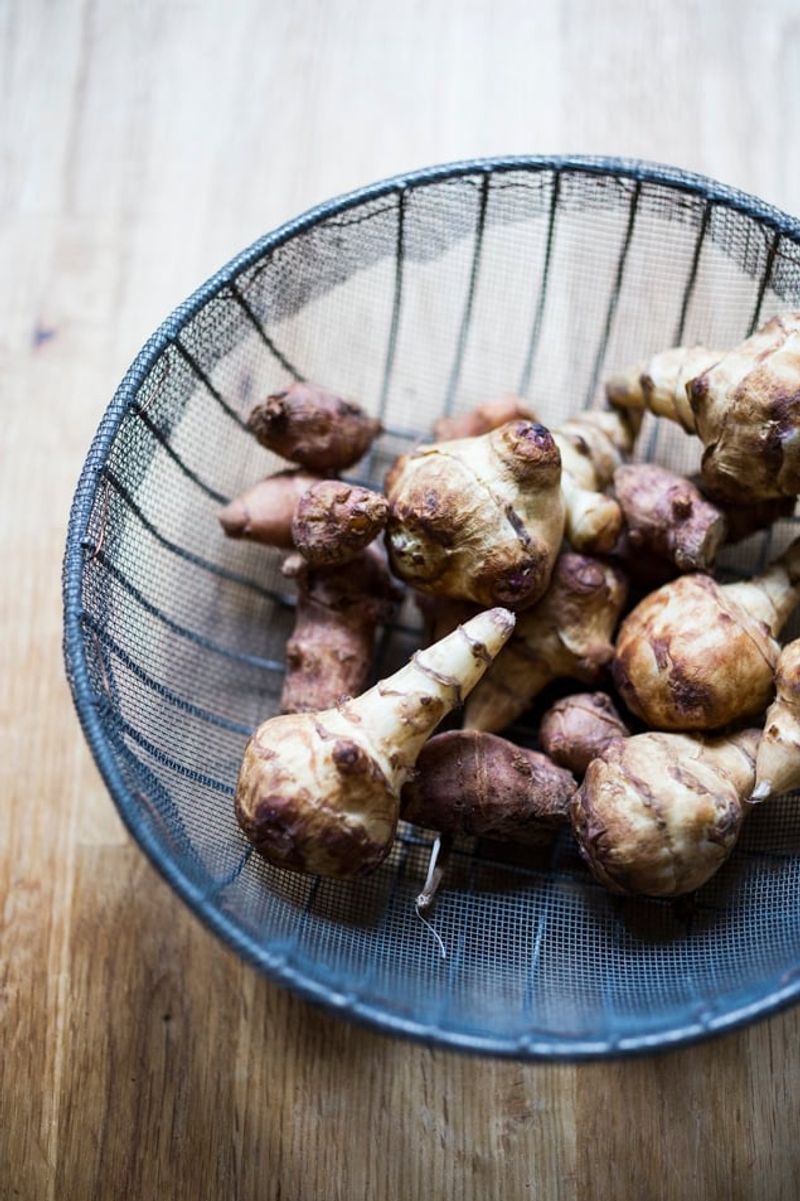
Sunchokes, also known as Jerusalem artichokes, are knobby tubers with a nutty, sweet flavor. Despite their name, they’re actually related to sunflowers, not artichokes. Sunchokes can be enjoyed raw or cooked, making them a versatile choice for adventurous cooks.
When roasted, they develop a rich, caramelized taste that pairs well with garlic and rosemary. Simply scrub them clean and slice into coins before baking. Raw sunchokes add a crunchy, refreshing bite to salads or slaws.
A fun tidbit: Native to North America, sunchokes were cultivated by Native Americans long before European settlers arrived. Discovering sunchokes in your kitchen might feel like unearthing a piece of culinary history.
5. Rutabaga
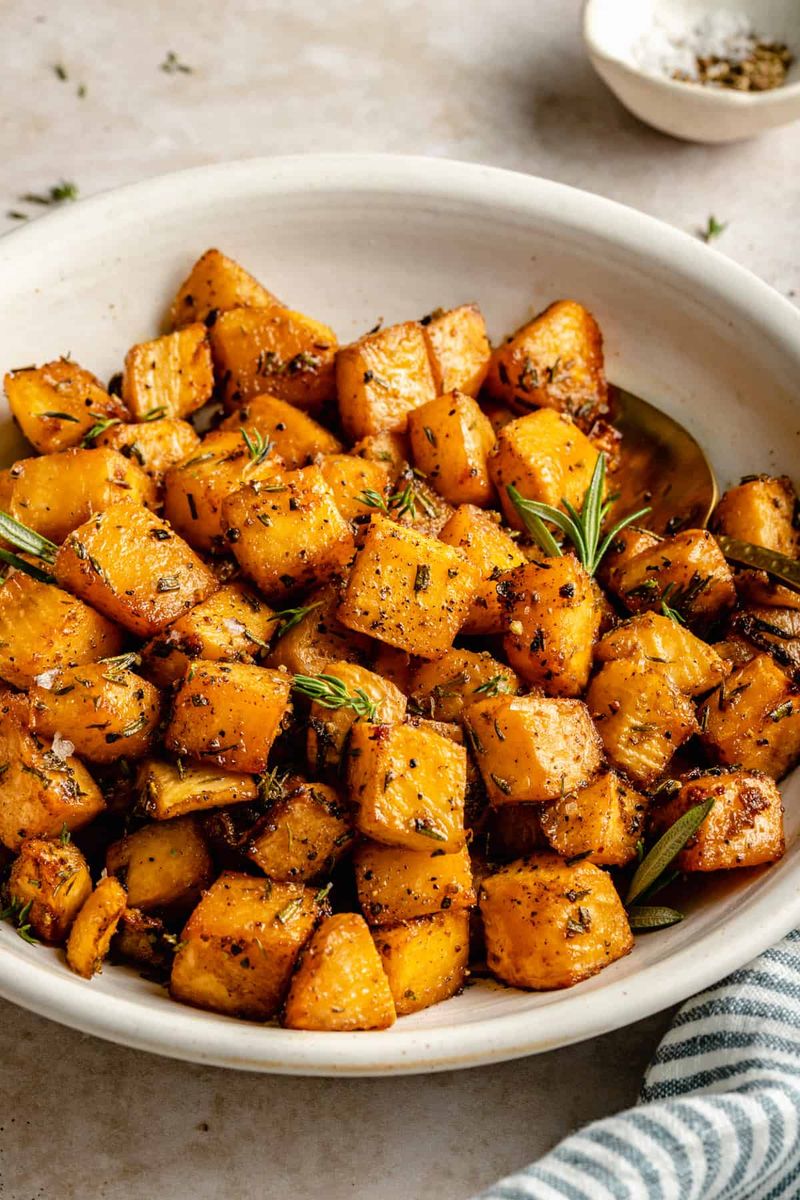
Rutabaga, often mistaken for a turnip, is a root vegetable that deserves a spot in your kitchen. Its sweet, earthy flavor is a delightful surprise, perfect for those looking to shake up their vegetable routine.
Peel away its thick skin, and you’ll find a vibrant yellow interior. Rutabagas are excellent roasted, bringing out their natural sugars. Chop into chunks, drizzle with olive oil, and roast until caramelized.
This vegetable is also fantastic when mashed or added to soups. A fun fact: Rutabagas are a cross between cabbage and turnips, and they’ve been cultivated since the 17th century. Their versatility and unique taste make them a must-try.
6. Chayote
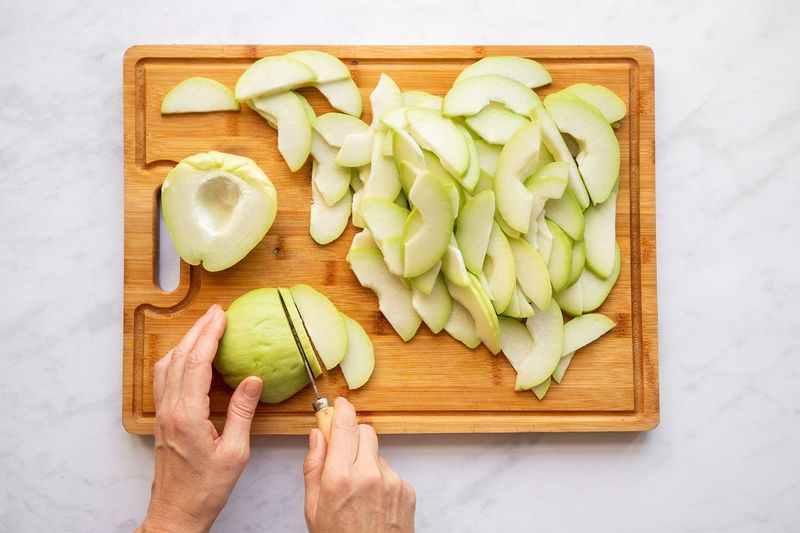
Chayote, a unique squash from Central America, is a crisp and mild vegetable with endless potential. Its pear-like shape and light green skin make it stand out in any produce section.
Slice it thinly for a refreshing addition to salads or stir-fries. Chayote is also delicious when steamed or sautéed, absorbing flavors beautifully. Its subtle taste allows it to blend seamlessly into various dishes.
A quirky tidbit: Chayote is often used in Latin American cuisine, where it’s called “mirliton” or “vegetable pear.” Its adaptability and gentle flavor make it an exciting ingredient to experiment with in the kitchen.
7. Romanesco
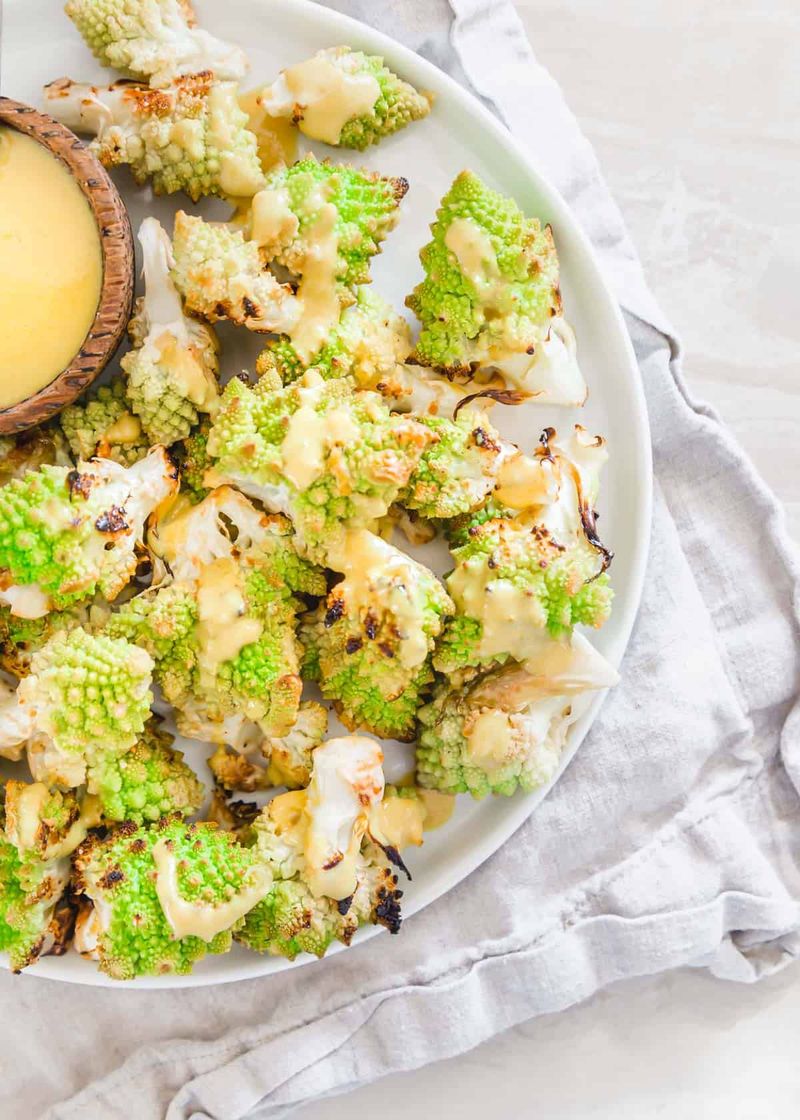
Romanesco, the mesmerizing vegetable that looks like a piece of abstract art, is as delightful to eat as it is to behold. Its unique fractal patterns and striking green hue make it a showstopper.
It’s a relative of cauliflower and broccoli, with a milder, nuttier taste. Break it into florets and steam or roast to preserve its delicate texture. Romanesco pairs well with garlic, lemon, or Parmesan.
A fascinating fact: Romanesco’s intricate design follows a mathematical pattern known as the Fibonacci sequence. Its stunning appearance and subtle flavor make it a truly special addition to any dish.
8. Escarole
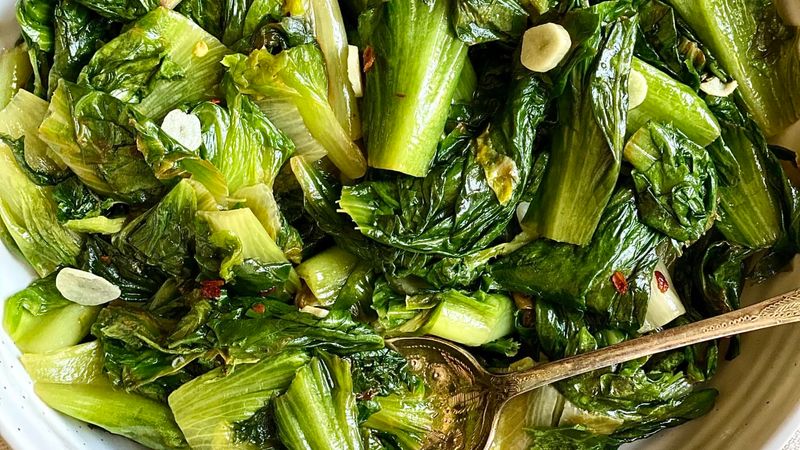
Escarole, a leafy green with a slightly bitter edge, is a powerhouse of flavor and nutrition. Its broad, curly leaves are perfect for adding depth to soups and salads.
For a simple preparation, sauté escarole with garlic and olive oil until wilted. It’s a lovely accompaniment to rich dishes, balancing flavors with its slight bitterness.
A fun fact: Escarole is a member of the chicory family and is often used in Italian wedding soup. Its robust taste and nutritional benefits make it an understated but essential addition to your green repertoire.
9. Jicama

Jicama, the crunchy and refreshing Mexican root vegetable, is a surprising delight. Its crisp texture and mildly sweet flavor make it a favorite in salads and snacks.
Peel away its tough skin to reveal the juicy, white flesh inside. Slice into sticks and serve with lime juice and chili powder for a zesty treat.
Jicama’s cool, hydrating properties make it perfect for hot days. A fun fact: Jicama has been cultivated in Mexico since ancient times, and it’s a staple in many traditional dishes. Its versatility and refreshing taste make it a fantastic addition to your snack rotation.
10. Kale Sprouts
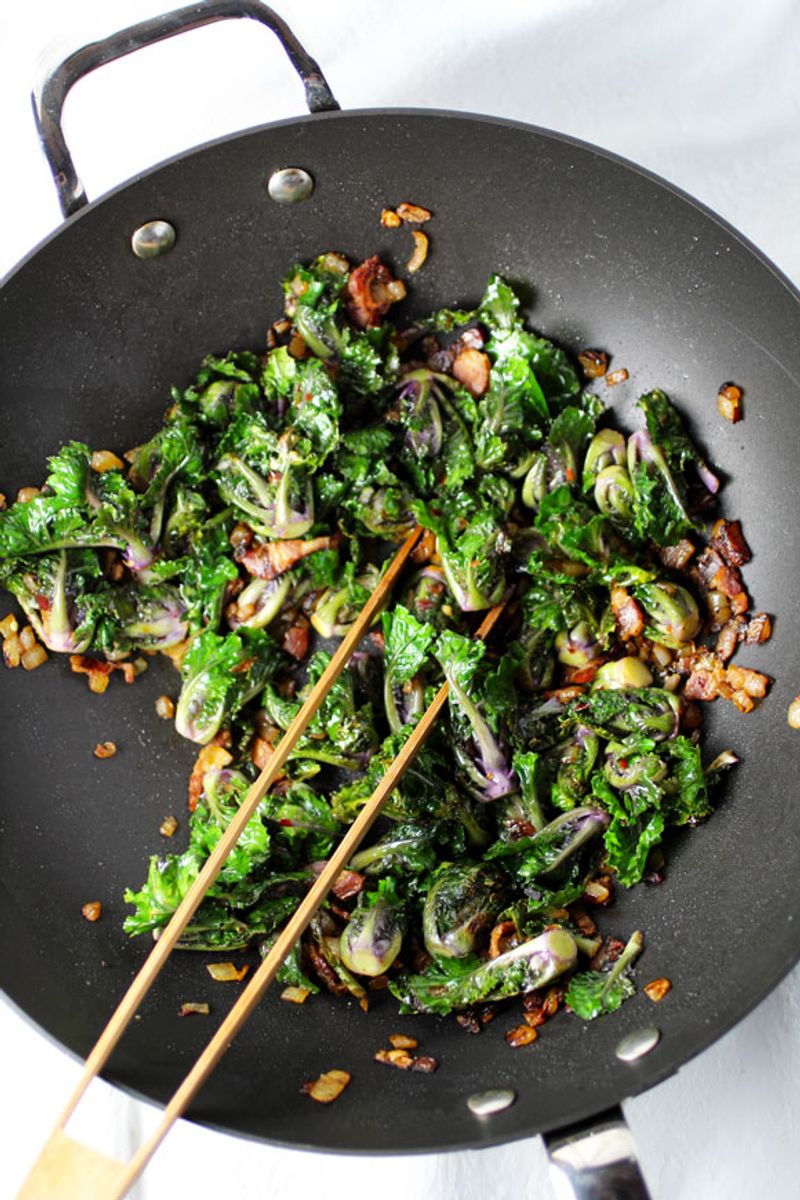
Kale sprouts, a delightful cross between kale and Brussels sprouts, offer the best of both worlds. These tender little gems are packed with nutrients and flavor.
Their small size and tender leaves make them perfect for quick cooking. Sauté them with garlic and olive oil for a simple side dish, or roast until crispy for a delightful crunch.
Did you know kale sprouts are relatively new to the vegetable scene, only introduced a few years ago? Their mild, nutty flavor and unique texture make them a standout in any meal.
11. Broccoli Rabe
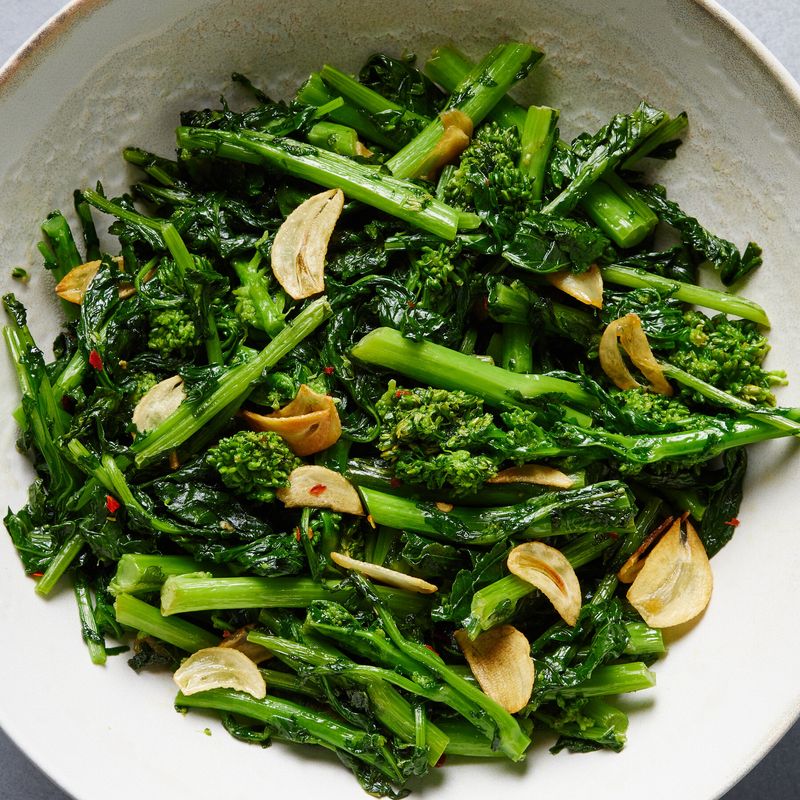
Broccoli rabe, also known as rapini, is a leafy green with a bold, slightly bitter flavor. Its tender leaves and small buds are a delicious addition to many dishes.
Sauté broccoli rabe with garlic and chili flakes for an easy, flavorful side. Its robust taste complements pasta and meats beautifully. For a unique twist, try blanching it before sautéing to mellow its bitterness.
A fun trivia: Broccoli rabe is popular in Italian and Chinese cuisines, prized for its distinctive flavor. Its bold taste and versatility make it a must-try for adventurous cooks.
Leave a comment